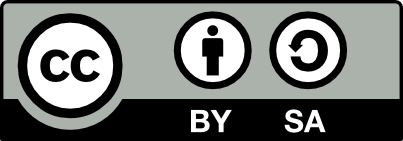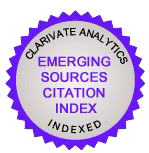Meta-description of derivational relations: specifics of system representation
Keywords:
derivation, meta-description, representation, model, system, oppositionalityAbstract
Linguistics has always been dependent on possibilities of studying the sphere of language functioning. Today, the interpretation of statistically representative empirical material makes real the creation of verified meta-language descriptions at the qualitatively new level – on the background of practically limitless computer mediating of language data. New possibilities allow objective studying of problems of language dynamics in the context of their real processes, that before were scientifically inaccessible. It makes Linguistics essentially closer to the real-time measurement of speech, discourse, and communication. Accordingly, the problem of the systemic representation of the language became newly challenging and all-encompassing. In this connection the investigation of the modification capabilities of the language system – particularly derivational ones – is of the utmost interest. The formal compatibility of manifestations of derivational process allows to study and describe it in the frames of modeling. Terminological aspect of the linguistic modeling of derivational relations is important. With that, the issues of meta-language identification of the derivation on its own as a phenomenon and its basic elements – derivatives, derivants, and derivates – are debatable until now. The lexical-semantic interpretation of this notional basis is characterized by an essential potential of the meta-language representation. In the same way the problematics of representation of the modification possibilities of the language system in the grammatical aspect – traditionally important in linguistic studies – needs the systemic meta-description. Relevant constructs – derivatemes, grammemes and flexionemes – still are underexplored, too. With that, it is possible to create a complex Hierarchical meta-model of derivation on the basis of theirs semantically correct structuring, considering theirs metalinguistic expediency. This problem is directly related to oppositionality – an important feature of language and meta-language structuring. Oppositionality is the key feature of a wide range of language relations, the oppositional specifics of derivational relations is characterized by motivation reasonability and effectiveness. The reality and perspectives of linguistic models – while providing modern communication – presuppose theirs consistency, non-contradictoriness and universalism. Compliance with these criteria is a condition for the relevance and effectiveness of meta-descriptions of communication.
Downloads
Downloads
Published
How to Cite
Issue
Section
License

CC BY-SA: This license allows reusers to distribute, remix, adapt, and build upon the material in any medium or format, so long as attribution is given to the creator. The license allows for commercial use. If you remix, adapt, or build upon the material, you must license the modified material under identical terms.
CC BY-SA includes the following elements:
BY ![]() – Credit must be given to the creator
– Credit must be given to the creator
SA ![]() – Adaptations must be shared under the same terms
– Adaptations must be shared under the same terms
Authors who publish with this journal agree to the following terms:
1. Authors retain copyright and grant the journal right of first publication with the work simultaneously licensed under a Creative Commons Attribution License that allows others to share the work with an acknowledgement of the work's authorship and initial publication in this journal.
2. Authors are able to enter into separate, additional contractual arrangements for the non-exclusive distribution of the journal's published version of the work (e.g., post it to an institutional repository or publish it in a book), with an acknowledgement of its initial publication in this journal.
3. Authors are permitted and encouraged to post their work online (e.g., in institutional repositories or on their website) prior to and during the submission process, as it can lead to productive exchanges, as well as earlier and greater citation of published work (See The Effect of Open Access).












